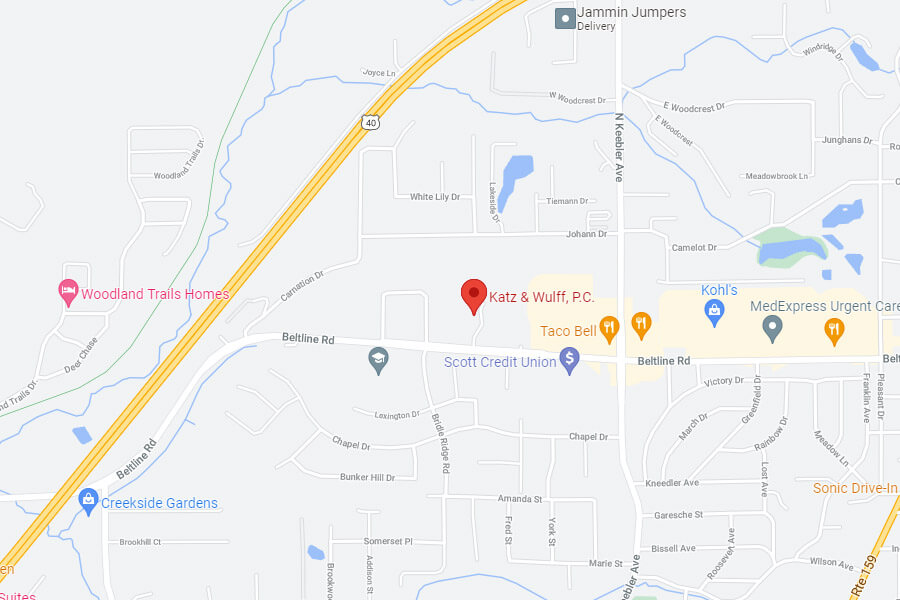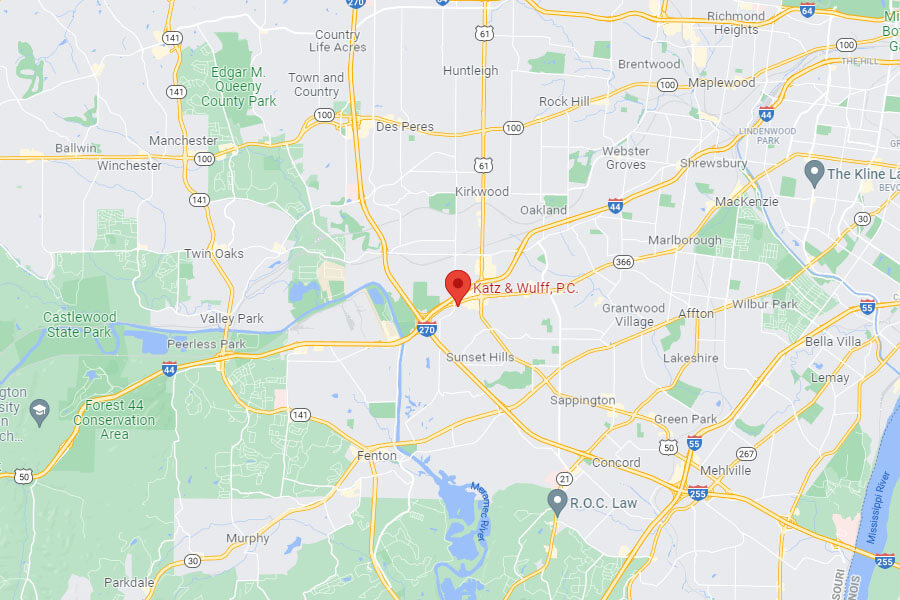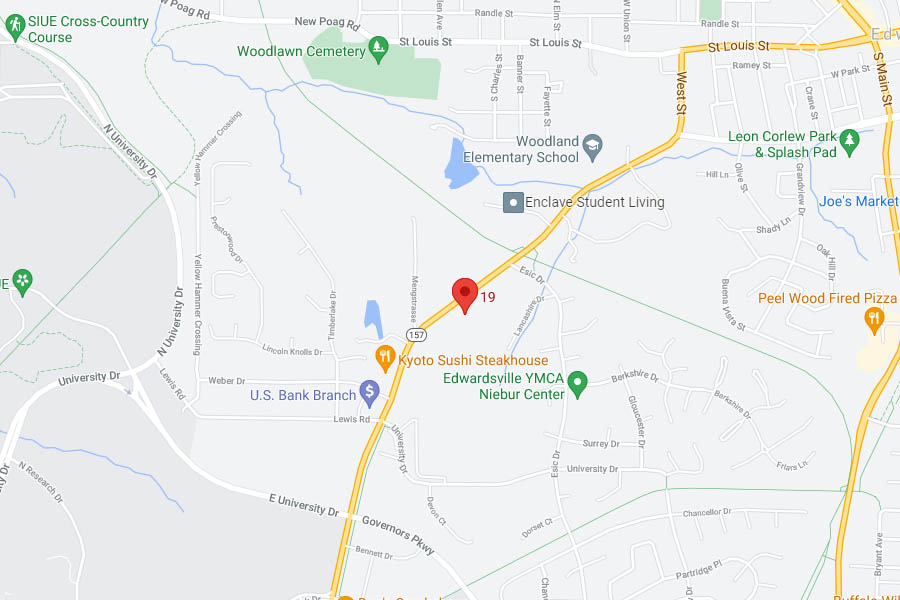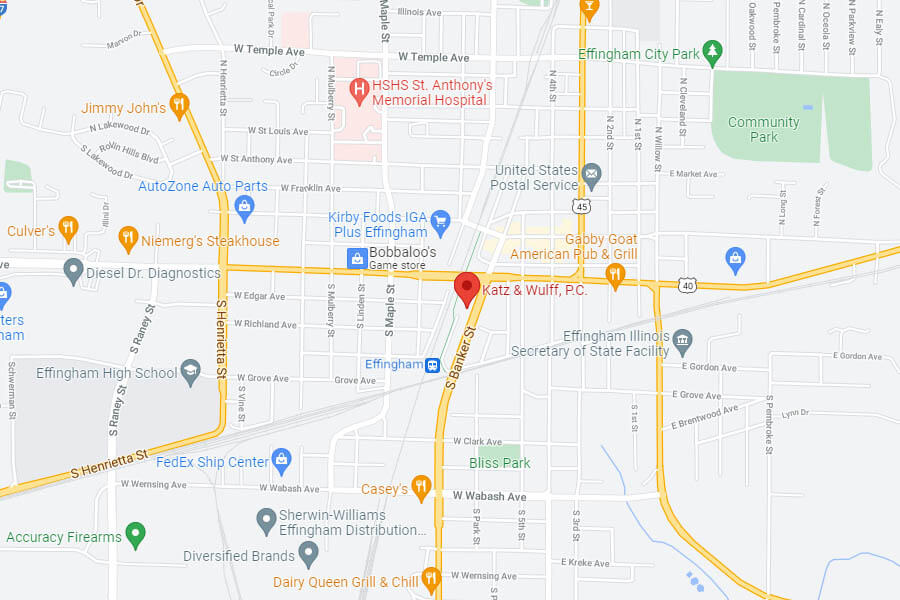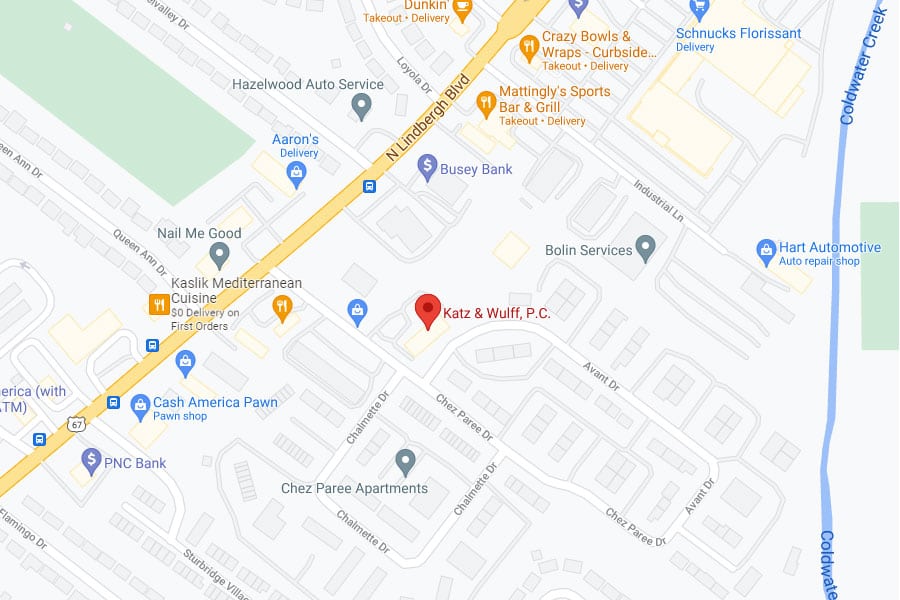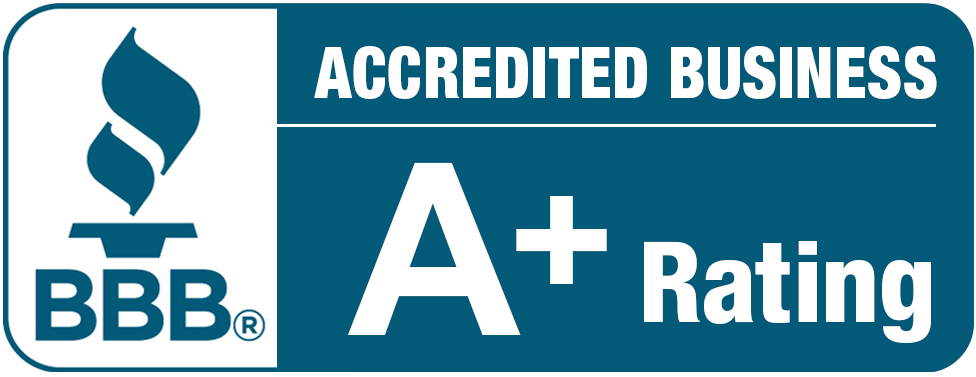Student Loans
Note: It is highly unlikely that your student loans would be discharged in your bankruptcy case, but here is some information that will help you manage your student loans more effectively.
Federal vs. Private Loans
Student loans come in two varieties—Federal and Private
Federal Loan
Federal student loans are not dependent on credit worthiness (with the notable exception of parent “PLUS” loans). Rather, the information on a student aid application is plugged into complicated formula to determine eligibility. Prior to July 1, 2010, there were two sources of federal student loans: (1) Direct Loans, and (2) Federal Family Education Loans (FFEL’s). FFEL loans are no longer offered, although many FFEL loans are still in repayment. Private Private student loans originate with private lenders and are based on your credit worthiness, just like most other kinds of consumer loans such as a car loan or a credit card. In other words, to get a private student loan you must have good credit. The difference between private student loans and these other kinds of consumer debts is that, as of October 17, 2005, most private student loans cannot be discharged in bankruptcy.


Private Loan
Private student loans originate with private lenders and are based on your credit worthiness, just like most other kinds of consumer loans such as a car loan or a credit card. In other words, to get a private student loan you must have good credit. The difference between private student loans and these other kinds of consumer debts is that, as of October 17, 2005, most private student loans cannot be discharged in bankruptcy.
What Our Clients Say

Karl Wulff is great at what he does. He was always there if I had questions or concerns. Obviously, bankruptcy is a big deal and extremely stressful. He streamlined the process and made it extremely easy and was always there. Highly recommend if you're thinking about doing it. Karl if you are reading this, Thanks!

Everything was explained in detail. I had a check list of exactly what I needed and when it was due. This was a stress free experience for me. I will absolutely recommend to anyone in need!

This is an extraordinary team and I would definitely recommend this office and Mr. Wolff to everyone who’s is looking for this service. They are patient and willing to work with you through your process. They are also very knowledgeable and try to make it as simple and possible for you. You guys were awesome!!

Karl and his staff are amazing! They made the process so smooth for me. Karl and his staff always kept in touch with what was needed and what the next process would be. They are very professional. I would recommend Karl to anyone in need of his service. Awesome group, keep up the great work!!
Is My Loan Federal or Private?
In order to determine if we can help you with your student loans, we first have to find out whether your student loans are “federal” or “private”. Federal loans – including Direct Loans from the U.S. Department of Education, loans placed for collection with guarantee agencies, and those originated by the schools themselves (aka “Perkins” loans) – may provide us with certain options that are not available with private loans.
Federal Student Aid Information Center
If you do not have access to the internet, you can call the Federal Student Aid Information Center at 1-800A-FED-AID or 1-800-730-8913 to speak with a staff member to find out what type of loan you have.
National Student Loan Data System (NSLDS)
To find out if your student loan is federal or private, you need to go to the National Student Loan Data System. This website will give you all of the information you need to know about your federal loans, including original amount of loan or grant, current balance, loan status, and disbursements.

Types of Federal Loans
There are three main types of Federal student loans: Stafford (both subsidized and unsubsidized), PLUS (Parent Loans for Undergraduate Students), and Perkins
Stafford Loans
The government pays the interest on “subsidized” loans while you are in school and during periods of deferment, but you pay the interest after you graduate. “Unsubsidized” means that the interest on your loans accrues even during periods when the loan is in deferment such as when you are still in school. This interest is then added to the amount that you will have to repay after graduation.
PLUS Loans
PLUS Loans are federal loans that graduate or professional degree students and parents of dependent undergraduate students can use to help pay education expenses. The U.S. Department of Education makes Direct PLUS Loans to eligible borrowers through schools participating in the Direct Loan Program.This is the only kind of federal loan in which eligibility is based on credit worthiness.
Perkins Loans
Perkins Loans are funded directly by the school and are repaid directly to the school that made the loan. In some cases the school may hire a debt collector to collect the loan if the loan is in delinquent status. Alternatively, the school might transfer the loan to the U.S. Department of Education for collection
Repayment Options for Federal Student Loans
There are several standard options available for repaying your student loan debt. The choice of which repayment option to select is probably the most important choice you will make in managing your student loan debt. Most people simply accept the repayment choice that they are given without question. This can be a mistake, as selecting the wrong option can greatly increase the cost of student loan borrowing. Many people do not even realize that there are alternatives available and end up choosing a more costly option.
If you do not take affirmative steps to select a different repayment option, you will automatically be placed in the Standard Repayment Plan. With FFEL loans, borrowers usually have 45 days following notice to make a choice, while Direct Loan borrowers are usually placed into a repayment plan by the U.S. Department of Education unless they affirmatively choose otherwise.
The following is a brief explanation of each of the repayment options available for federal loans:
If you do not take affirmative steps to select a different repayment option, you will automatically be placed in the Standard Repayment Plan. With FFEL loans, borrowers usually have 45 days following notice to make a choice, while Direct Loan borrowers are usually placed into a repayment plan by the U.S. Department of Education unless they affirmatively choose otherwise.
Under a Standard Repayment Plan you will pay either a fix amount or a variable amount each month based on the interest rate of the loan. The repayment term is five (5) to ten (10) years.
Although the Standard Repayment Plan usually entails the highest monthly payment, you will have your loans paid off more quickly than other plans, reducing the total interest repaid over the life of the loan. For this reason, if you can afford the higher payment, this is usually the best plan.
Under a Graduated Repayment Plan you will make a lower monthly payment initially, but the monthly payment will increase over the ten-year repayment period. This option works particularly well if you are entering a field after graduation where your starting salary is low, but will increase over time.
With a Graduated Repayment Plan you will pay more in interest over time than with a Standard Repayment Plan, but the low initial payment may be the best option that you can afford if are unable to make the immediately high monthly payments required under the Standard Repayment Plan.
For students who owe more than $30,000.00, the Extended Repayment Plan allows you to repay your federal student loans over a period of 25 years with either fixed or graduated payments. For Direct Loans originated before July 1, 2006 the Extended Repayment Plan is available for a term of up to 30 years.
This is the most costly of all repayment options, since it allows the principle to accrue interest for the longest period of time. In the past, this might have been the only viable option for students who owed more than they could afford to pay back in ten years. Now that Income-Based Repayment (IBR) is available, there is rarely if ever a valid reason for choosing this option. If you truly believe that it will take you 25 years or more to repay your federal student loans, you should definitely investigate the IBR option before committing to the Extended Repayment Plan option.
The Pay As You Earn Repayment Plan helps keep your monthly student loan payments affordable, and usually has the lowest monthly payment amount of the repayment plans that are based on your income. If you need to make lower monthly payments, this plan may be for you.
As of Dec. 21, 2012, the Pay As You Earn Plan is available for eligible borrowers who have a “partial financial hardship”. You have a partial financial hardship if the monthly amount you would be required to pay on your eligible federal student loans under a 10-year Standard Repayment Plan is higher than the monthly amount you would be required to repay under Pay As You Earn. For this purpose, your eligible student loans include all of your Direct Loan loans that are eligible for Pay As You Earn, as well as certain types of Federal Family Education Loans (FFEL) Loans. Although your Federal Family Education Loans (FFEL) Loan cannot be repaid under Pay As You Earn, the following types of FFEL Program loans are counted in determining whether you have a partial financial hardship:
- Subsidized and Unsubsidized Federal Stafford Loans
- Federal PLUS Loans made to graduate or professional students
- Federal Consolidation Loans that did not repay any PLUS loans for parents
You also must be a new borrower as of Oct. 1, 2007, and must have received a disbursement of a Direct Loan on or after Oct. 1, 2011. You are a new borrower if you had no outstanding balance on a Direct Loan or FFEL Loan as of Oct. 1, 2007, or had no outstanding balance on a Direct Loan or FFEL Loan when you received a new loan on or after Oct. 1, 2007.
Your payment amount may increase or decrease each year based on your income and family size. Once you’ve initially qualified for Pay As You Earn, you may continue to make payments under the plan even if you no longer have a partial financial hardship.
The Income-Based Repayment Plan (IBR) has been available now since July 1, 2009 and offers a simpler formula for repayment of federal student loans and, unlike the Income Contingent Repayment Plan, is available for both FFEL loans and Direct loans. For many people struggling with enormous, long-term student loan debt, the Income-Based Repayment Plan is the answer to the student loan nightmare.
In order to qualify for IBR, you must show that you have a “partial financial hardship”. You will be deemed to have a partial financial hardship if your annual federal student loan payments calculated under a ten-year standard repayment plan are greater than 15% of the difference between your adjusted gross income (or joint AGI if you tax status is “married filing jointly”) and 150% of the Department of Health and Human Services (HHS) poverty guidelines.
Once you have established that you have a partial financial hardship, your monthly student loan payment under IBR is capped at 15% of adjusted gross income above 150% of the HHS guidelines.
Advantages
- Payments will be lower – Assuming that you qualify for IBR, your payments will be lower than under any other repayment plan.
- If you are unemployed or have no income whatsoever, your monthly payment under IBR would be $0.00.
- After 25 years you will owe nothing – Under IBR, the government will forgive any remaining loan balances after borrowers repay through IBR over a period not to exceed 25 years.
Disadvantages
- Longer repayment and “Negative Amortization” – Because the payments that you will make under IBR are lower than under other repayment programs, your loans will accrue more interest. Of course the flip side of this is that, after 25 years, the balance of your loan is forgiven.
- FFEL and Direct Loans Only – Although your FFEL and Direct Loans are eligible for IBR, parent PLUS loans and Perkins loans are not. However, if you have a Perkins loan that can be consolidated with an FFEL or Direct Loan, you may then access the IBR plan for the newly-consolidated Direct Loan.
The “Income Contingent Repayment Plan (ICP)”, is available for Direct Loans (including PLUS Loans consolidated into a Direct Consolidation Loan on or after July 1, 2006) only. However, if you need to make lower Direct Loan payments, but do not qualify for Income-Based Repayment (IBR) or Pay As You Earn, the Income Contingent Plan (ICP) may be the answer.
Under ICR, you will make monthly payments for a maximum of 25 years based on your adjusted gross income, family size and the total amount of your Direct Loans based according to the lesser of: (1) the amount you would pay if you repaid your loans in 12 years multiplied by an income percentage factor that changes with your annual income, or (2) 20 percent of your monthly “discretionary income”. Obviously, this is a pretty complicated formula, but we will do all of the calculations for you.
Ten Percent Capitalization
If your calculated payment amount is less than the amount of interest that accrues on your loan, the interest is capitalized (added to your principal balance) once each year until your balance is 10 percent higher than your original loan balance was when you entered repayment. Once this happens, interest continues to accrue but is not capitalized. This means that there is an absolute cap on interest once accrued interest reaches 10 percent of your principal balance.
Note: Any interest that accrues during a deferment or forbearance does not apply to the 10 percent capitalization rule. Any loan amount that remains after 25 years of payments will be forgiven together with any unpaid principal balance as previously stated. You may have to pay taxes on the amount that is discharged.

